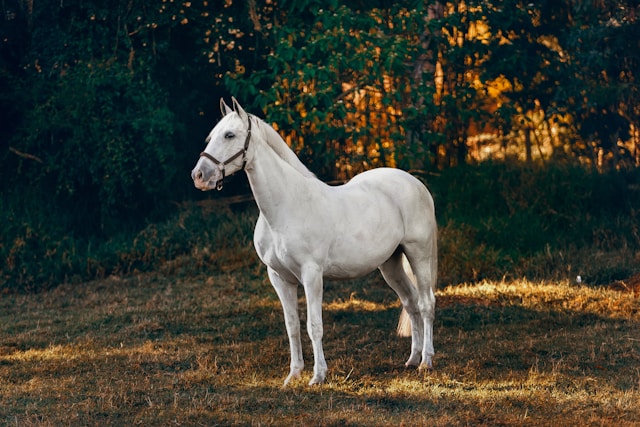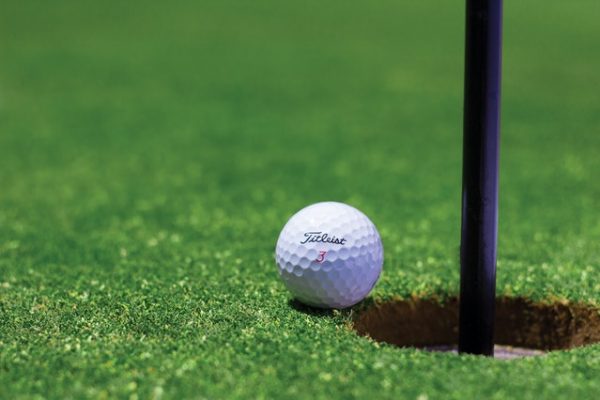Key Takeaways:
- State-of-the-art jump equipment is a cornerstone of safe and progressive training.
- Choosing high-quality materials like rubber coatings can prevent injuries and prolong equipment life.
- Understand the equipment regulations for equestrian competitions to eliminate disqualification risks.
Table of Contents:
- Introduction
- Types of Horse Jump Equipment
- The Materials Matter
- Safety First
- Training and Equipment Synergy
- What to Look for When Selecting Jump Cups
- Conclusion
Introduction
The art of show jumping is as precise as it is thrilling, combining the elegance and power of equestrian grace with the dynamic challenge of overcoming obstacles. The symbiosis between horse and rider is a testament to their mutual trust and training regime, where specialized equipment plays a vital role. Tried-and-tested gear, such as the best horse jump cups, can significantly impact the effectiveness and safety of training sessions. This guide delves into the pivotal contributions of advanced horse jump equipment in elevating equine athleticism and how they form the building blocks for equestrian success.
Types of Horse Jump Equipment
Horse jumping equipment spans a spectrum, from the basic rails used in schooling to the more complex oxers found at the professional level. Selecting the right equipment depends on several factors, from a horse’s training stage to the specific goals set by the rider and trainer. This diversity in apparatuses allows for a tailored approach to each horse’s development, critically factoring into how quickly and efficiently equine athletes can move from basic maneuvers to competition-ready performances.
The Materials Matter
Resilient and forgiving—a mantra for materials in crafting advanced horse jumping equipment. Historically, wood and metal have dominated, providing sturdiness but sometimes at the cost of safety. Innovations have introduced materials with more give, such as rubber-coated steel, which address both concerns. These enhancements resonate in practice sessions where reducing the severity of impact from a knocked bar can prevent training setbacks and keep equines free from harm. Durability, too, is a notch higher; the weatherproof nature of these materials ensures longevity and dependable performance, no matter the climate variations during outdoor training.
Safety First
Prioritizing equine and rider safety transforms the design and selection of jumping equipment from a mere necessity to a strategic training component. For instance, consider breakaway cups—designed to detach smoothly upon impact, thereby minimizing the chance of tangling and injury. These safety-forward innovations can foster confidence, as riders can push the envelope knowing that the equipment will mitigate potential risks. Implementing such thoughtful design signals a dedication to welfare that upholds the integrity and trust fundamental to equestrian sports.
Training and Equipment Synergy
The harmonious relationship between a well-crafted training regimen and the corresponding equipment cannot be overstated. Experience has dictated that even the most astute training techniques can only fall flat with the right tools. High-caliber jump cups facilitate accurate pole placement, leading to consistent practice conditions instrumental in a horse’s learning. This consistency propels forward momentum in a horse’s jumping technique, building confidence through repetition and eventual mastery of courses designed to mimic competitive environments.
What to Look for When Selecting Jump Cups
Discerning equestrians know that selecting the best horse jump cups goes far beyond aesthetics. The materials, for starters, must provide a hospitable interface for both the pole and the horse in the event of a knockdown. Depth adjustability is another attribute that warrants consideration, allowing trainers to fine-tune the difficulty of a jump. Furthermore, the selection should influence practical elements such as easy installation, reliability, and compatibility with existing standards. Pinless designs have also gained traction for their ease of use and safety, underscoring an evolutionary leap in jump cup technology.
Conclusion
Advanced horse jump equipment holds a significant place in competitive equestrian sports. Its influence on training, safety, and performance is a testament to the relentless pursuit of excellence that defines this noble sport. By harnessing the potential of these innovative tools, equestrians can aspire to new heights of proficiency, understanding that the gear they use is as integral to their success as the dedication they bring to each training session. As the legacy of these advancements continues to unfurl, the promise of what lies on the horizon for equestrian sports beckons with anticipation and excitement.







